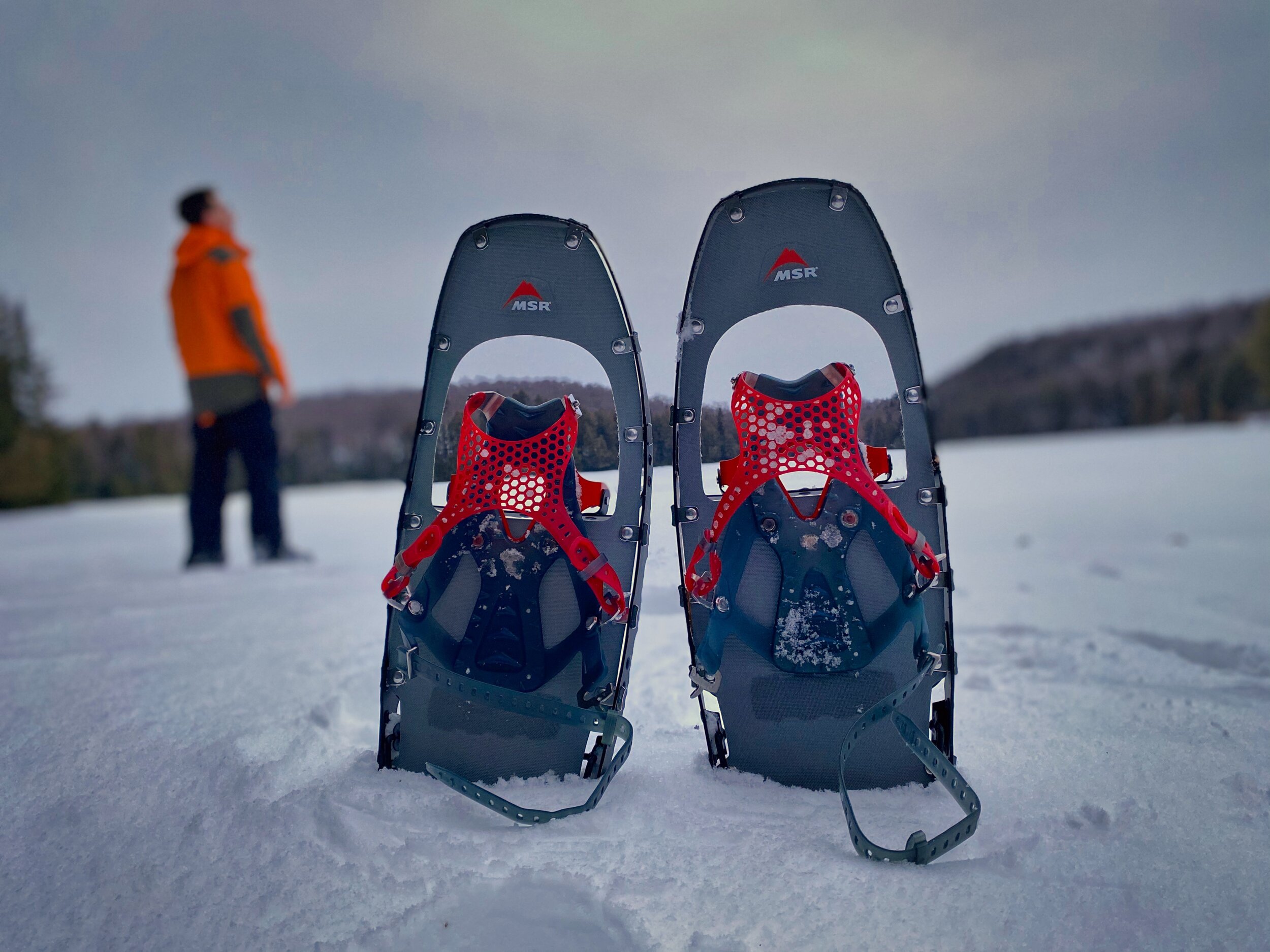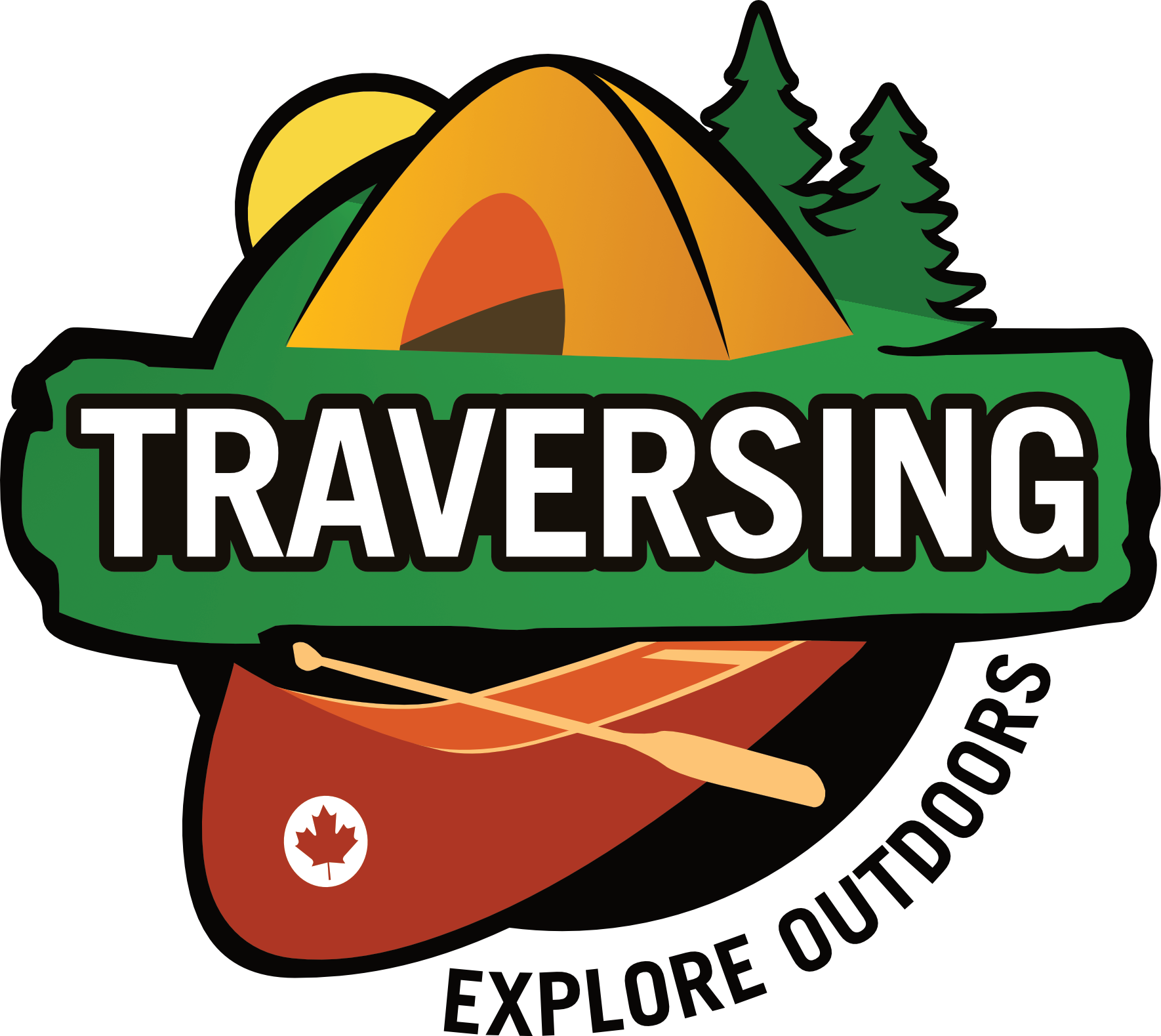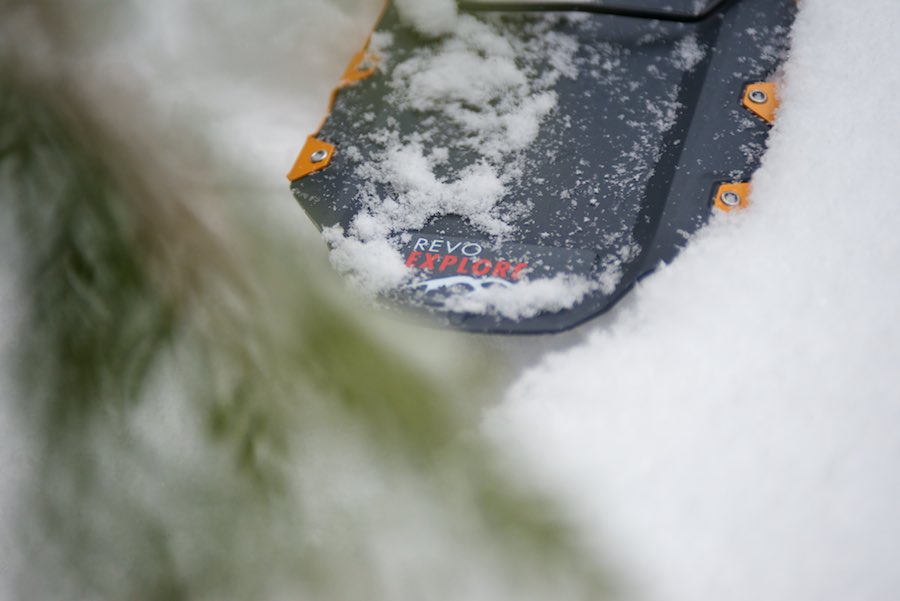Gear Review: MSR Lightning Ascent Snowshoes

MSR has slowly evolved their snowshoes over the years, each time adding functionality or tweaking a little component of their design to make the snowshoe better and better. You can break down their lineup into three categories, depending on where you intend to head out into the outdoors...
The Evo series are perfect for your grab-and-go day-trip adventures built upon a Polypropylene UniBody deck
The Revo series are more suited for longer hikes, built upon a Polypropylene ExoTract deck, the Revo also adds extra functionality such as televators
The Lightning series are the best choice for longer adventures and have a TPU coated Nylon deck
From there you can choose between three styles based on the type of adventures you hope to have…
Trail for general snowshoe day-use
Explore can handle steeper slopes and a broader range of snowshoeing experiences
Ascent which have an aggressive all-terrain performance in mind
While I absolutely love my Revo Explore snowshoes for day-tripping, I wanted a pair that could handle multi-day backcountry winter camping trips a little better. While the Lightning Ascent were engineered for mountainous terrain, I find they also work for my curious nature in the woods. Whether it is trekking up and down hills to find the perfect spot to put up the tent, or venturing out from basecamp to go exploring, the Lightning Ascent can’t be beat.
The Lightning Ascent come in three sizes, 22-inches, 25-inches and 30-inches and you can extend the length of your snowshoe with a tails add-on which adds 5 more inches (13 cm) of floatation (they attach quite easily, no extra tools required).
My favourite part of MSR’s snowshoes is the traction. Each snowshoe has a row of teeth all along the perimeter (as well as along the two crossmembers) providing solid footing no matter the snow condition, or incline (something that tubular snowshoes don’t offer). I can’t state how important this is, especially when trekking deep in the woods. You want to feel secure with each step as slipping in a snowshoe can leave you injured and far from help. When you do run into trouble (such as getting snagged in underbrush), it is quite easy to step backwards without having to remove your snowshoes (again, something that not all snowshoes can do).
When heading uphill, the two large spikes of the crampon always sink true under the weight of each step. Downhill navigation feels almost as secure. While traditional snowshoes still reign supreme with flotation on large amounts of light and fluffy snow, the TPU coated Nylon deck does an admirable job of handling every condition.
This generation of Lightning Ascent sports a brand new binding called the Paragon binding which envelops your boot vs. the straps of previous generations and it is a welcome change. While I enjoyed the HyperLink bindings of other MSR models for their speed to strap in and loosen, there were times where you couldn’t find that exact ‘right’ amount of comfort. The new Paragon is very comfortable providing equal pressure to your foot (no matter the size/shape of your footwear) which avoids any hotspots after hours of snowshoeing. We didn’t find any issues with the Paragon web when the temperature dropped, but did find the support strap a tad short when adjusting it to fit our large insulated winter boots and tough to adjust with gloves on.
I’ve been using MSR snowshoes for close to ten years now and the latest iteration really nips the one lingering issue I’ve had… the straps. I highly recommend these snowshoes and applaud how easy it is to fix components with the optional maintenance kit.
Stay connected with MSR by following them on Facebook, Instagram and Twitter.









